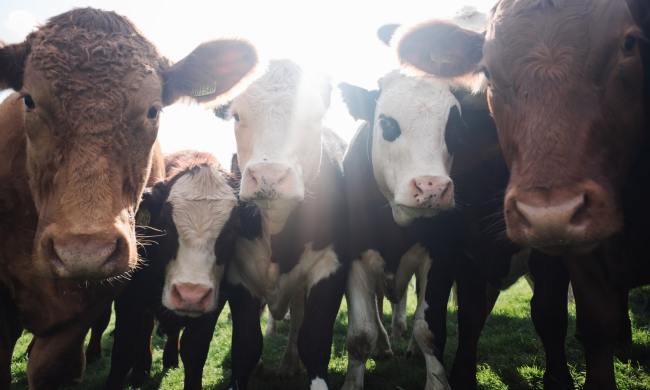Popular for ages in the Netherlands and Belgium, genever (also known as geneva, genievre, jenever, Holland gin, or Dutch gin) is a distilled malted spirit (like an unaged Scotch whisky) that is often blended with grain neutral spirit, then infused or further distilled with various herbs and spices, including a healthy amount of juniper, like gin. It can be clear, lightly aged, or aged in oak for several years.
It was genever that British soldiers “discovered” when fighting alongside the Dutch in the late 1500s (it served both medicinal and recreational functions and provided the term “Dutch courage,” as it was swigged right before battle). This soon led to the creation of juniper-driven gin.
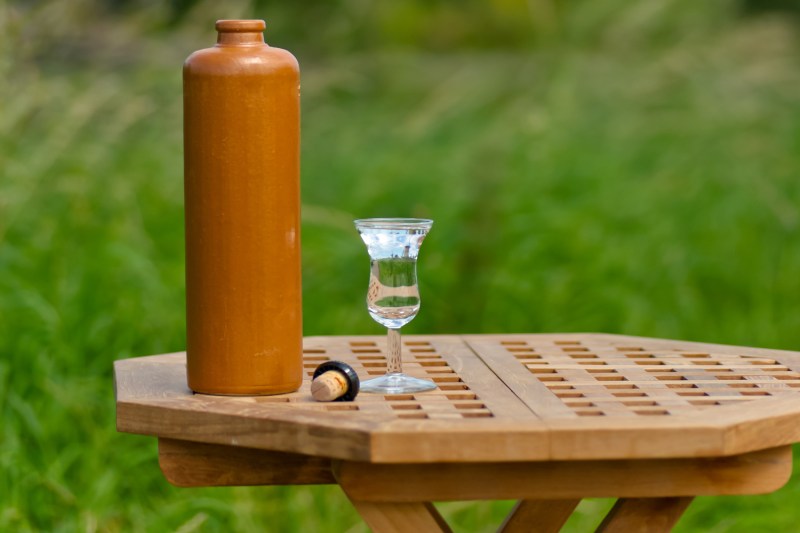
Gin is a ubiquitous bottle on bar carts and shelves, but an equally delicious and unique relative is often overlooked. Genever is a centuries-old distilled spirit that eventually led to the creation of the juniper-heavy gin most drinkers are familiar with. Unlike gin, however, which can be made anywhere, genever must be made in the Netherlands, Belgium, or parts of France and Germany.
The spirit dates back to at least the 1500s and is a distilled malted spirit, much like a whiskey. It is then infused and distilled further with a variety of botanicals — like juniper! Genever can be unaged, lightly aged, or heavily aged, depending on a drinker’s preference.
Genever vs. Gin
Unlike gin, which is generally started with a neutral grain spirit leaving little in the way of taste, the base spirit of a genever contributes massive amounts of flavor to the finished product. The malted grain base (often malted barley, rye, or corn) adds an array of levels to its flavor profile, often putting forth an earthy, mineral-like foot forward.
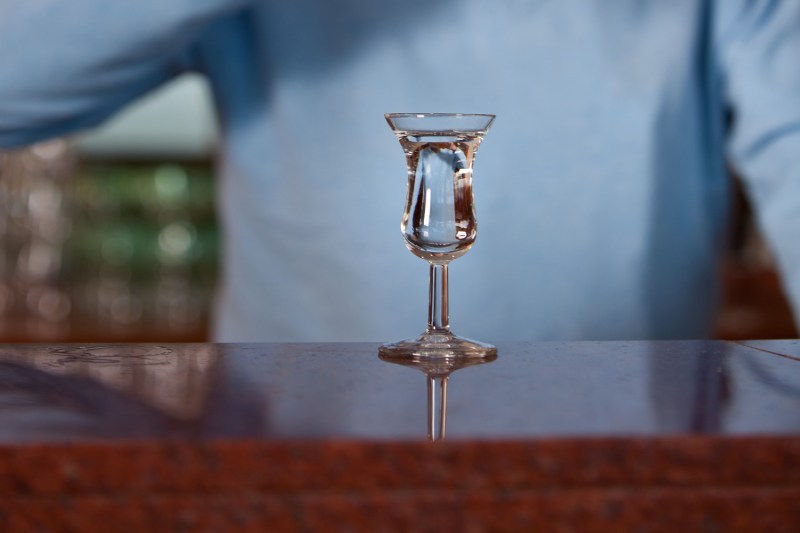
Genever Types
Oude genever is “old,” referring to its more traditional method of production. It has a minimum of 15% malt wine, which gives it a more robust flavor profile. Jonge Genever is “young,” which includes a maximum of 15% malt wine combined with neutral spirit, so it is lighter on the palate and a bit friendlier to novice mouths. There is also Korenwijn, which is 51% to 70% malt wine. Those types can all be aged in wood, which adds colors and flavors, just like in whiskies, tequilas, and rums.

Uses for Genever
Mostly forgotten in American bars, genever is having a renaissance of sorts as bartenders find ways to incorporate it into ever-expanding, innovative cocktail menus. In some cases, that means using genever as a rinse, as one would use absinthe. The beverage as a base can also equally be substituted for many gins, whiskies, and even a lightly aged rum.
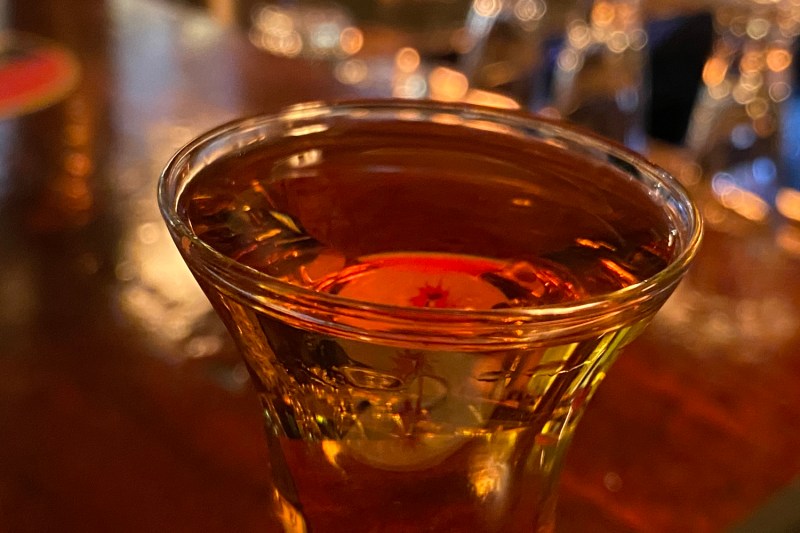
Genevers to Try
Bols Genever
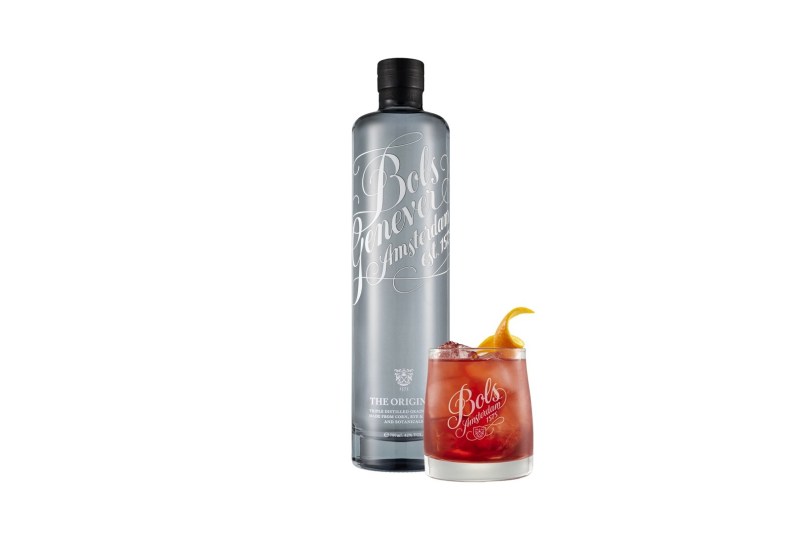
If you’ve run across genever outside of The Netherlands, it’s probably been from this producer. Bols has done plenty of the heaving lifting to reinvigorate interest in the U.S. for the traditional spirit. There are three types, ranging from its standard genever to a 100% malt, unaged genever that will test a seasoned drinker.
De Borgen
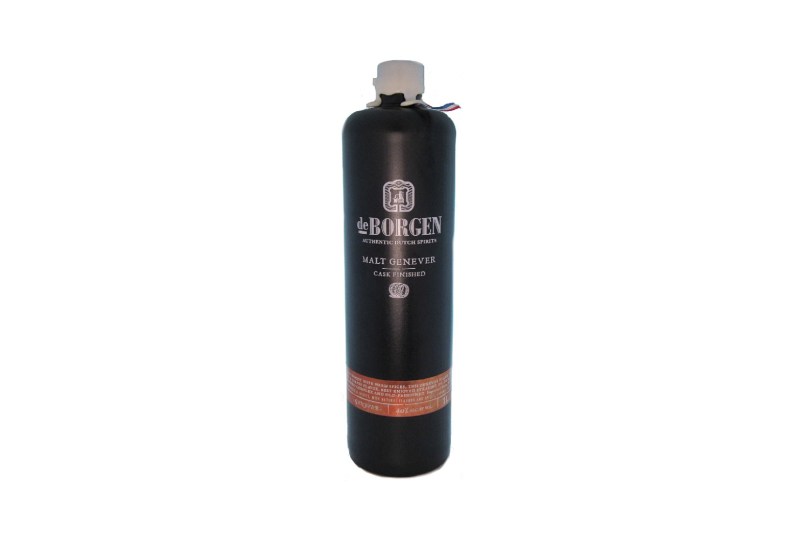
For the portfolio of genever styles that span the spectrum, check out De Borgen. There’s a jonge genever that pushes juniper and citrus flavors and drinks similar to gin. Its style goes heavy by mixing unaged malt wine with 17-year-old malt wine, looking to play the backbone of a hearty cocktail. There is also a cask-finished genever that provides a great on-the-rocks sipper.
Old Duff
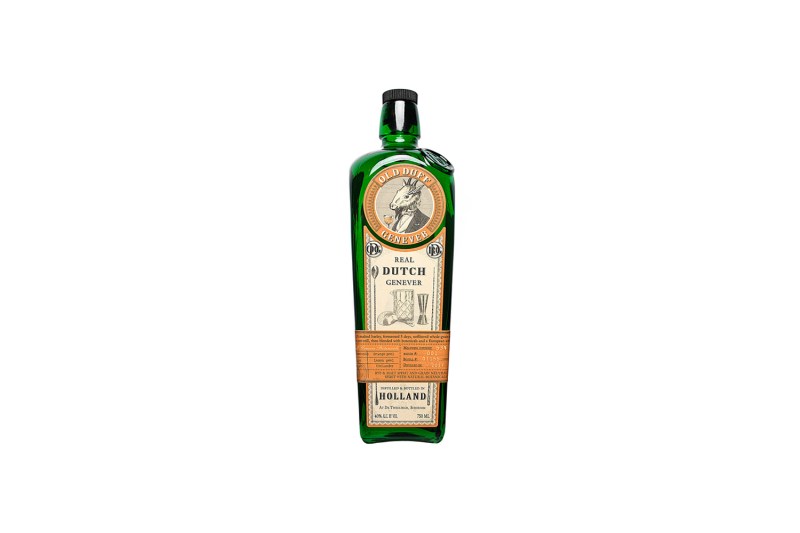
Old Duff is a brand made by a family of distillers that dates back to 1777. Each component of the spirit was made in Holland, from the malt that was milled in the country to the bottling of the liquid. It claims it is one of three brands to carry the “Seal of Schiedam,” which guarantees it is 100% malt wine with no natural alcohol and is made in Holland.
The brand has two expressions: Old Duff Genever and Old Duff Genever 100% Maltwine. Old Duff Genever 100% Maltwine is 2/3 rye and 1/3 malted barley, fermented for five days, and distilled three times. It’s infused with juniper and English hops. Old Duff Genever carries the same malt wine bill as the 100% but mixes in a 47% wheat spirit, as well as more botanicals, including orange and lemon peel, coriander, star anise, and licorice.
